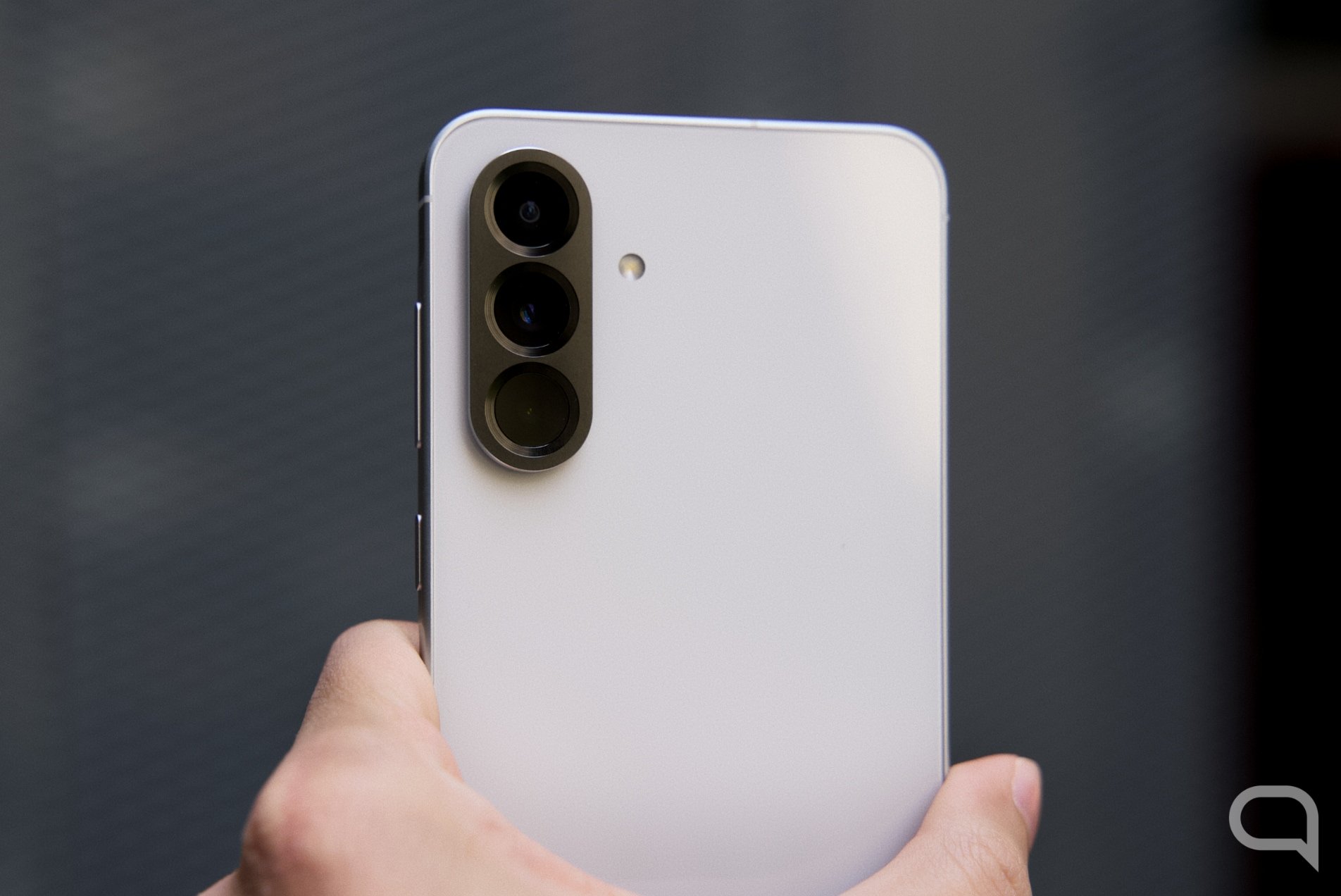Apple wants to stop relying on Samsung, LG and other third parties that currently make panels for their devices. bloomberg reported that the company from Cupertino would be ready to start manufacturing their own microLED screens, which will come, first of all, to the Apple Watch; and later on the iPhone.
Of course, not until 2024, when we will see the first screens produced by Apple in order to reduce its dependence on third parties. The company is expected to release its first custom Apple Watch panel later next year. It will also be a microLED panel, and not OLED, as in current models. This technology in particular can offer various advantages over existing panels, such as greater brightness or better viewing angles.
Sources familiar with the situation also confirmed bloomberg that microLED screens “make content look like it’s painted on glass.” Later, we repeat, we could see panels designed by Apple with this technology on the iPhone.. Meanwhile, according to Ming-Chi Kuo, the iPhone 15 and iPhone 15 Pro, which could be announced later this year, will mainly feature panels made by BOE. The Chinese company, in fact, could surpass Samsung as the main screen supplier for the aforementioned models, with 70% of production compared to 30% that Samsung would have.
Apple wants to stop relying on third-party components for its devices
The absence of third-party manufacturers developing components for their own devices is undoubtedly an important advantage for Apple. Mainly because the company will have greater control “over the design and capabilities of its products”, indicates the above media. What’s more, this isn’t the first time Apple has limited its reliance on an outside component maker for its products.
In 2020, the company announced its decision to sideline Intel for its own ARM chips for Macs. The so-called Apple Silicon not only allowed the Cupertino firm to develop a more powerful processor than the semiconductor manufacturer, but also offered Apple the opportunity not to depend on Intel’s release schedule for these components.
Since then, the company has announced new versions of its hardware with its own chips, known as the M1, M1 Pro, M1 Max, M1 Ultra, and M2, and none of the models have been updated with an Intel SoC version since. Basically, there’s only one computer left with a third-party processor: the Mac Pro, which could be upgraded with an ARM chip this year.
Source: Hiper Textual
I am Bret Jackson, a professional journalist and author for Gadget Onus, where I specialize in writing about the gaming industry. With over 6 years of experience in my field, I have built up an extensive portfolio that ranges from reviews to interviews with top figures within the industry. My work has been featured on various news sites, providing readers with insightful analysis regarding the current state of gaming culture.













